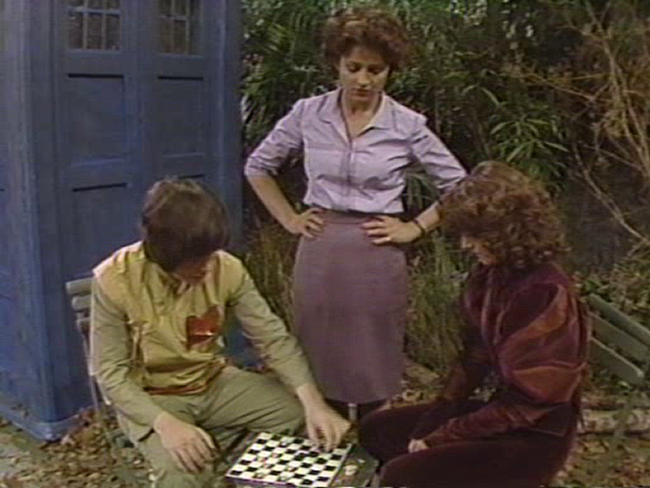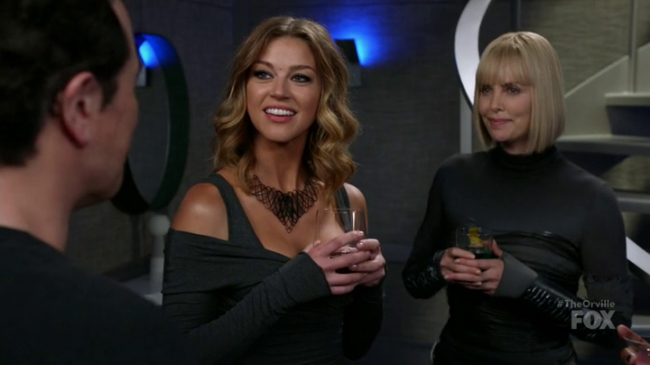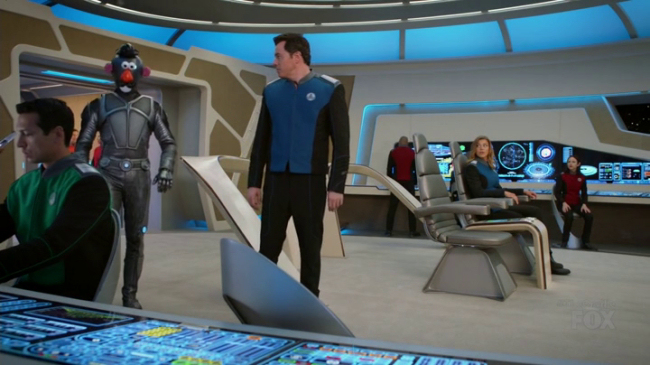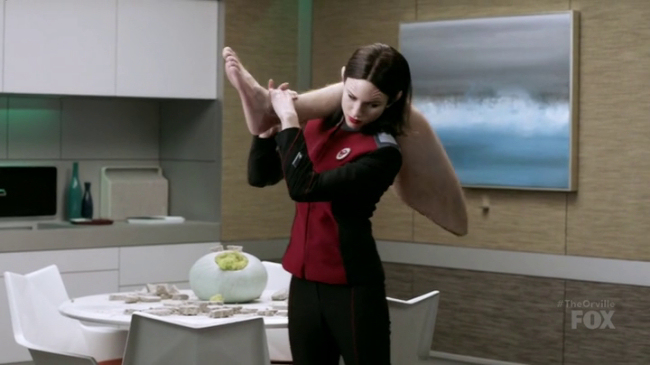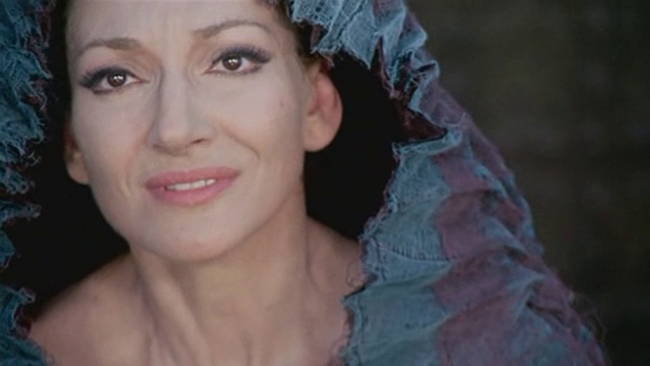
The vampire child Shinobu was once known by the delightfully decadent name Kiss-shot Acerola-orion Heart-under-blade and audiences were finally able to see her in action this year in the latter two films of the three part Kizumonogatari (傷物語). Each film is just over an hour long, released separately in theatres in Japan over the course of 2016, the final film being released at the beginning of this year. Serving as prequels to Bakemonogatari, these films are much more about sex and violence than the show--some really impressive violence, mind you, and some okay sexual titillation.

Kizumonogatari finally shows us the events referred to so frequently in the first season of Bakemonogatari, which always felt like it was picking up on a story already in progress. We finally get to find out how Araragi (Hiroshi Kamiya) met Kiss-Shot (Maaya Sakamoto) as well as his know-it-all classmate, Hanekawa (Yui Horie)--though her amusing catch phrase is "I don't know everything, I only know what I know." And we get to see the events that led to Araragi becoming a sort of half vampire.

I honestly found the first film disappointing, especially because we only get to see Kiss-Shot briefly before she's turned into a child. One of the more frustrating trends in anime over the past decade has been more and more focus on sexualised children which, putting aside any moral issues, I simply don't find very attractive or exciting. The child vampire Shinobu was part of a really nice concept in the first Bakemonogatari series--a mysterious, mute child demon who existed in Araragi's shadow, there was something really intriguing in her as an artistic expression of the psychology in the relationship between two people or even just as a portrait of Araragi's mind by itself. In subsequent seasons, she became more an object of loli fan service, and with several other child characters introduced the show moved disappointingly in this direction in a lot of ways. The first season introduced one of the best, and best designed, female romantic leads in an anime of the 21st century, Senjogahara, but ever since then she's been sidelined increasingly in favour of loli characters.

To anyone who hasn't seen it, by the way, the first season of Bakemonogatari is absolutely amazing, and the exceptional quality of its writing has often to do with a subversion of the growing, depressing trend in anime to depict beautiful women as docile house pets or transparent tsundere. For whatever reason, after the first season the show has gradually moved away from this.

It's still not as bad as some and Kizumonogatari improves a great deal in its second portion, though Hanekawa isn't as good as Senjogahara at calling Araragi on his bullshit. There's a lot of business involving her panties which is pretty hot but seems implausible considering their very platonic relationship in the first season. But there's a well executed 2001: A Space Odyssey gag the first time Hanekawa shows Araragi her panties.

And thankfully Kiss-Shot doesn't spend much time as a kid in the second portion. Araragi having to deal with his attraction to her while also facing the reality that she's a vampire is nicely done but hardly new territory--maybe it's for that reason production company Shaft chose to begin adapting the light novels with the introduction of Senjougahara.

Kizumonogatari has a very different visual style to the series, relying on a more uniform amber colour palette that looks okay sometimes and giving the girls preposterously large breasts which are more often ridiculous than hot. But people obsessed with equal time fan service might be pleased to know there's a lot of attention paid to male physique, too.

The more limited colour palette doesn't bother me as much as the film's indulgence in the currently popular "blush and shine" effect which my eyes tend to read as big pus filled blisters or pimples.

But where Kizumonogatari really shines is in the action sequences. The middle portion is the standout as Araragi is forced to face three vampire hunters in order to retrieve the limbs that have been stolen from Kiss-Shot. The series has often used Araragi's ability to regrow body parts for effective comedy and horror, sometimes both at the same time, but the action sequences in this film take it to a new level.
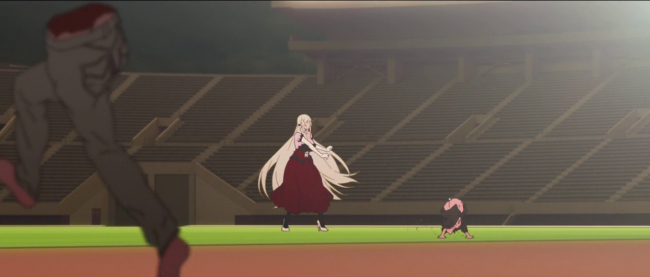
It's not just in the animation. The composition and sequence of shots smoothly tell kinetic stories, as in Araragi's first bout with a hunter named Dramaturgy who's a lot stronger than the high school lad bargained for. Shots of Araragi desperately trying to escape the big man, running through the high school, are creatively constructed and it's always easy to follow the action and get an idea of the environment and the characters' distance from each other.
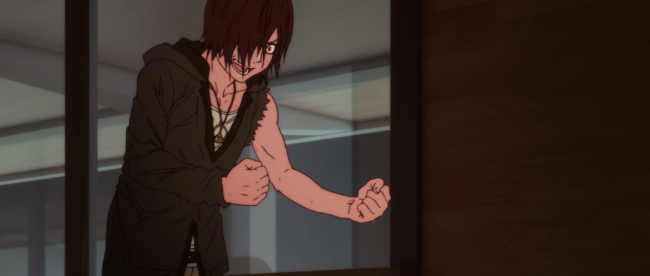
The final film has a gratuitous, imaginary makeout scene with Hanekawa obviously there for fan service. It's a bit disappointing due to another current trend in anime, doll anatomy, where topless women are shone without nipples but a lot of the stuff between Araragi and the adult Kiss-Shot is nice to watch.



